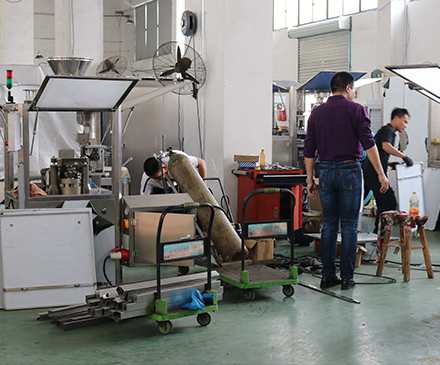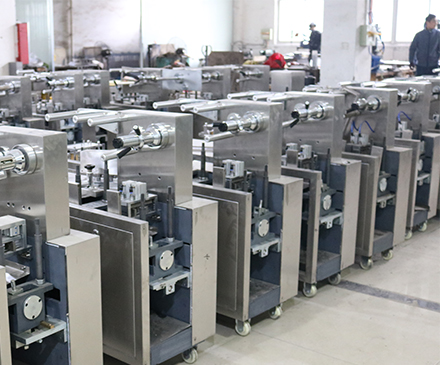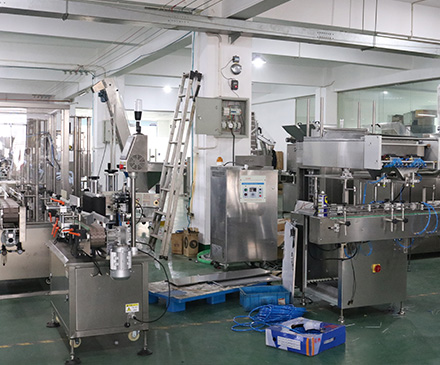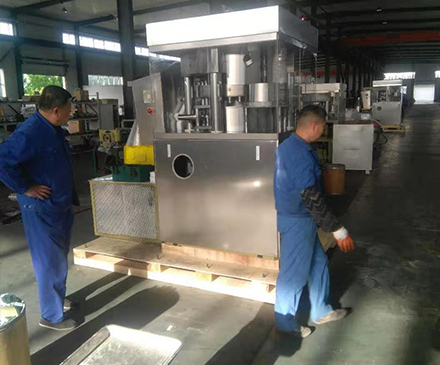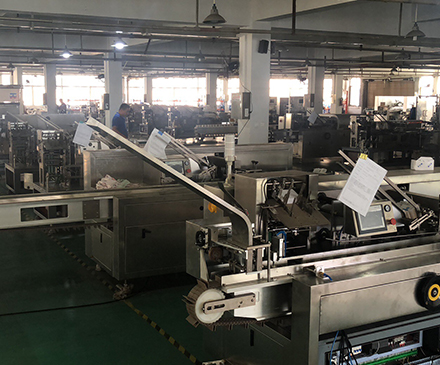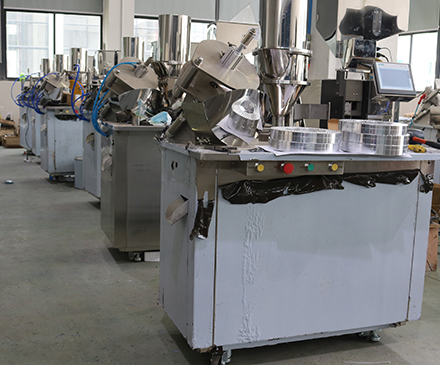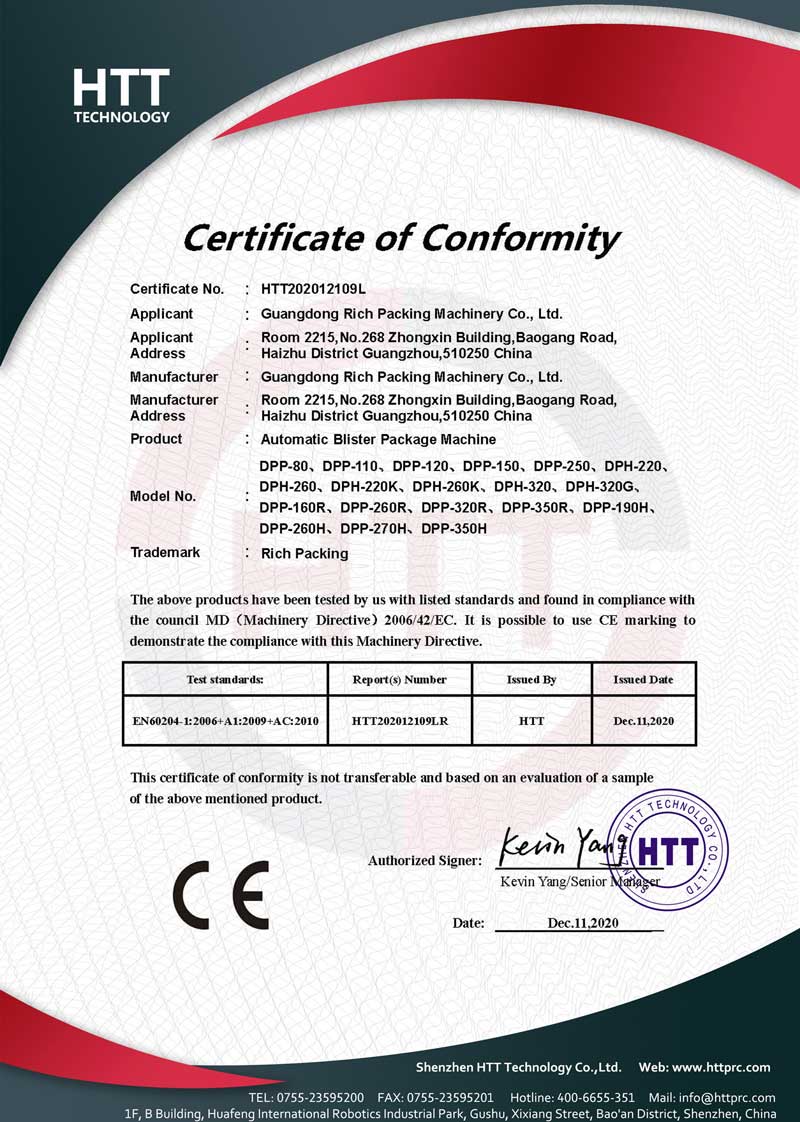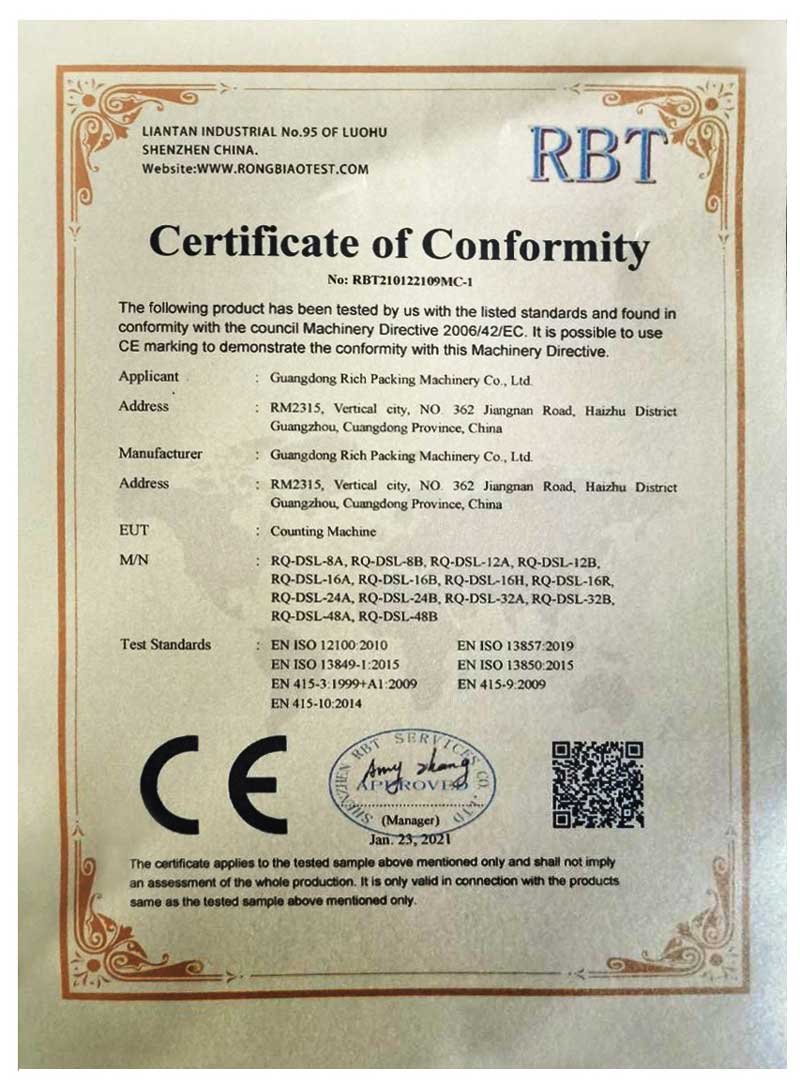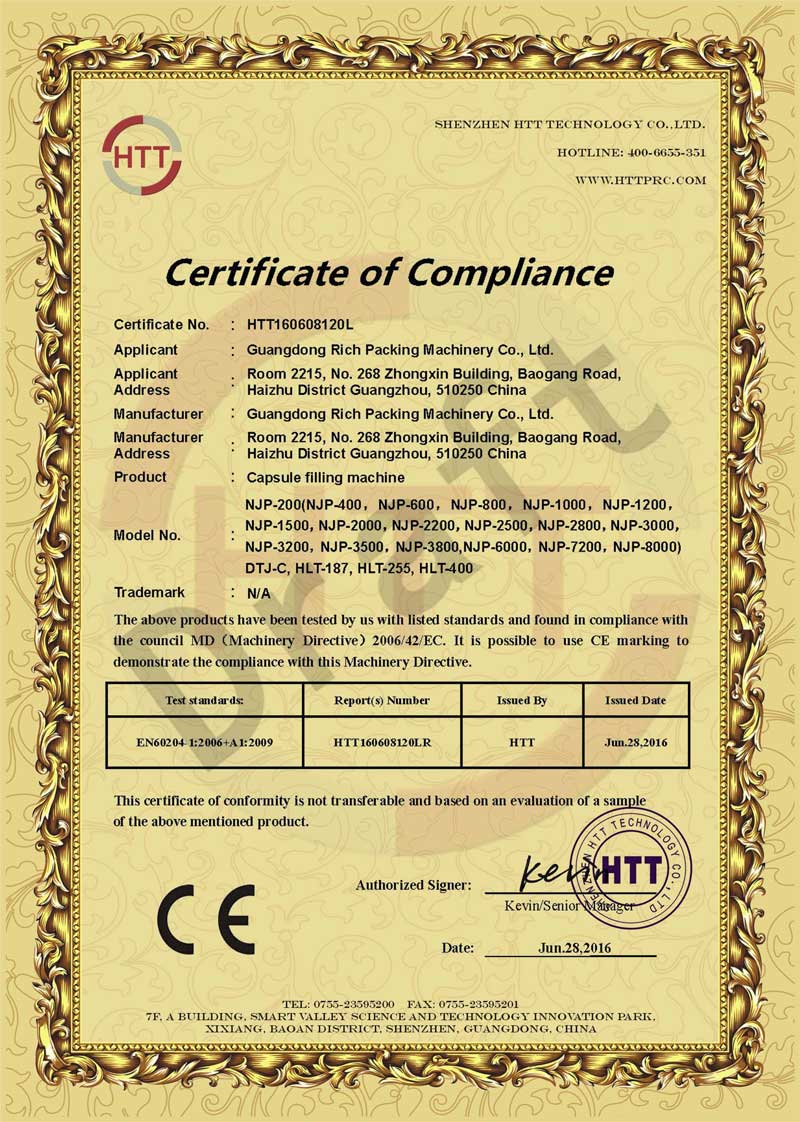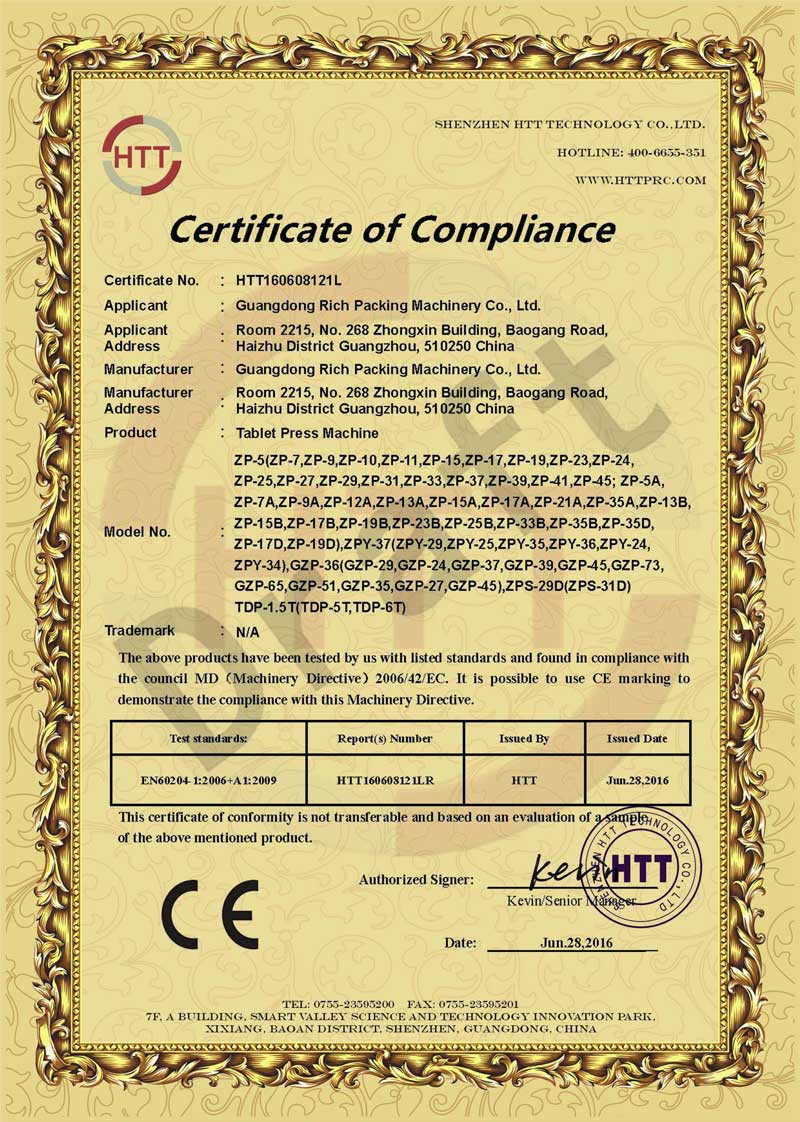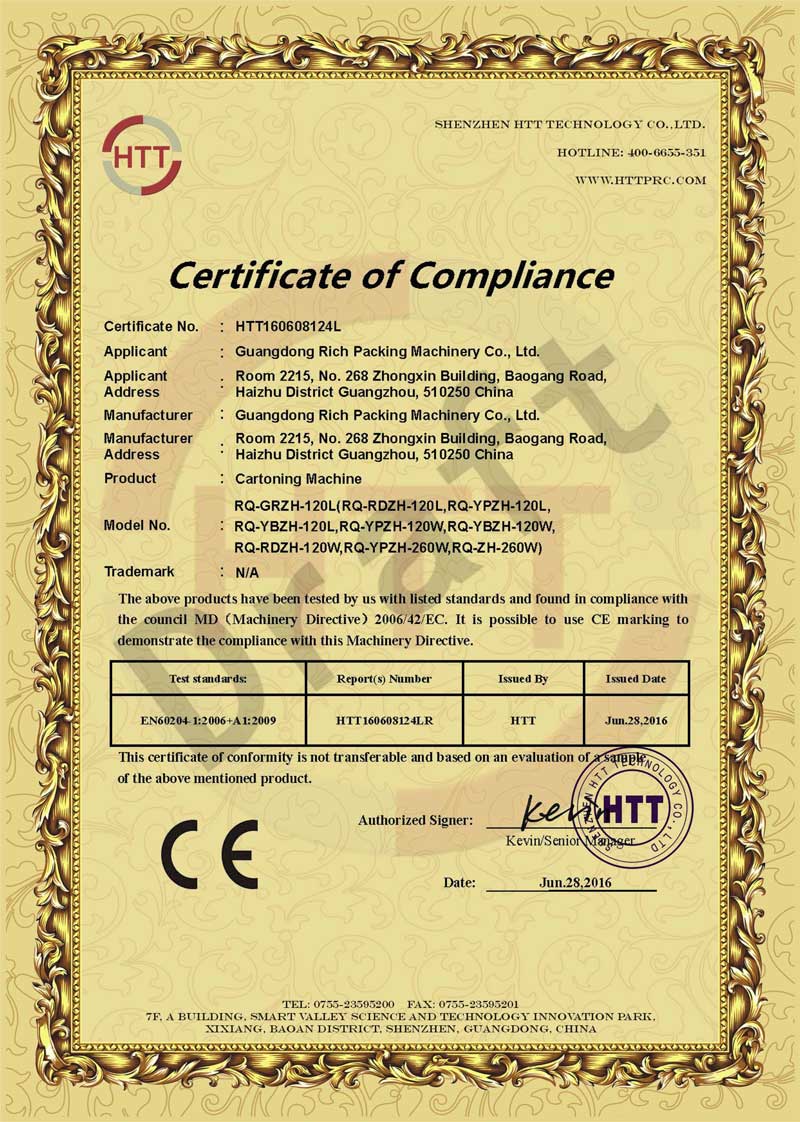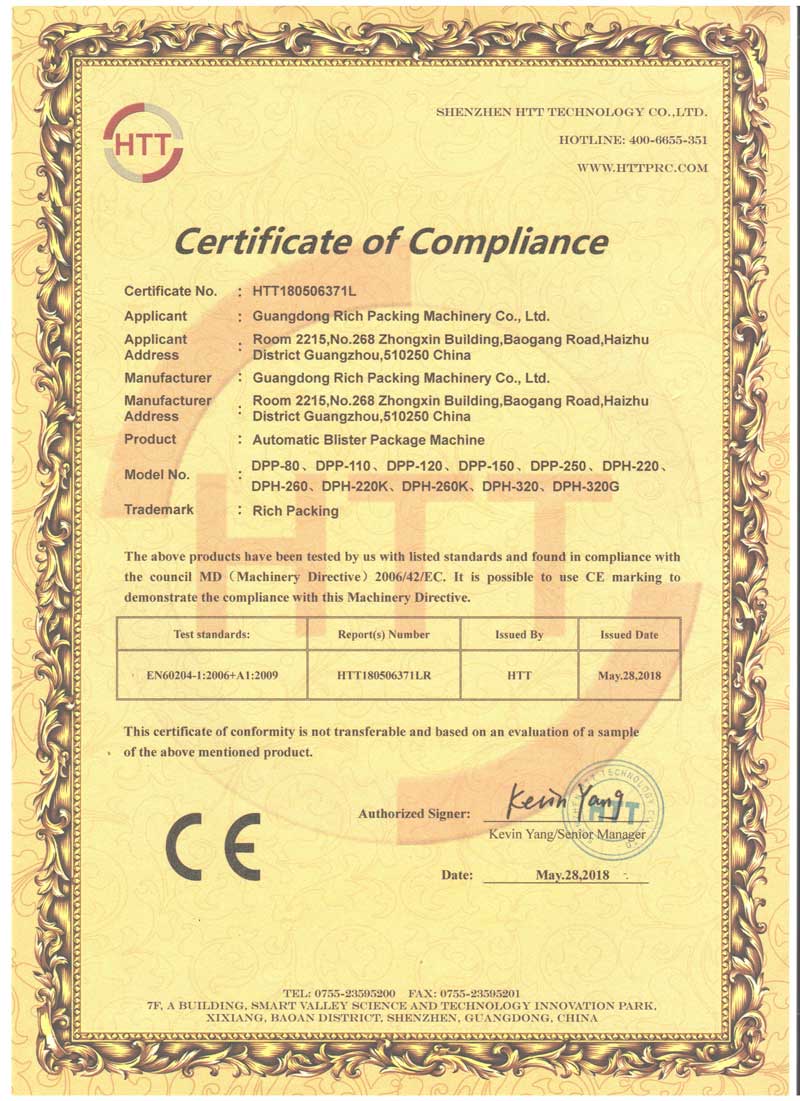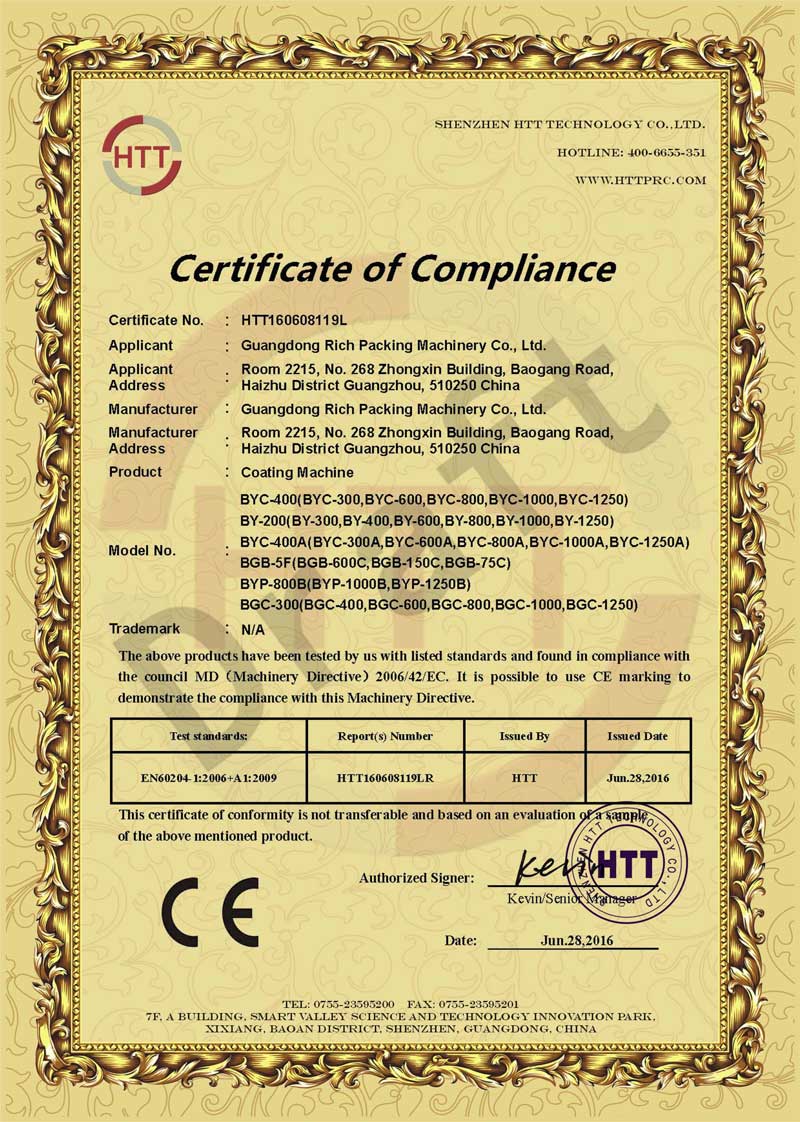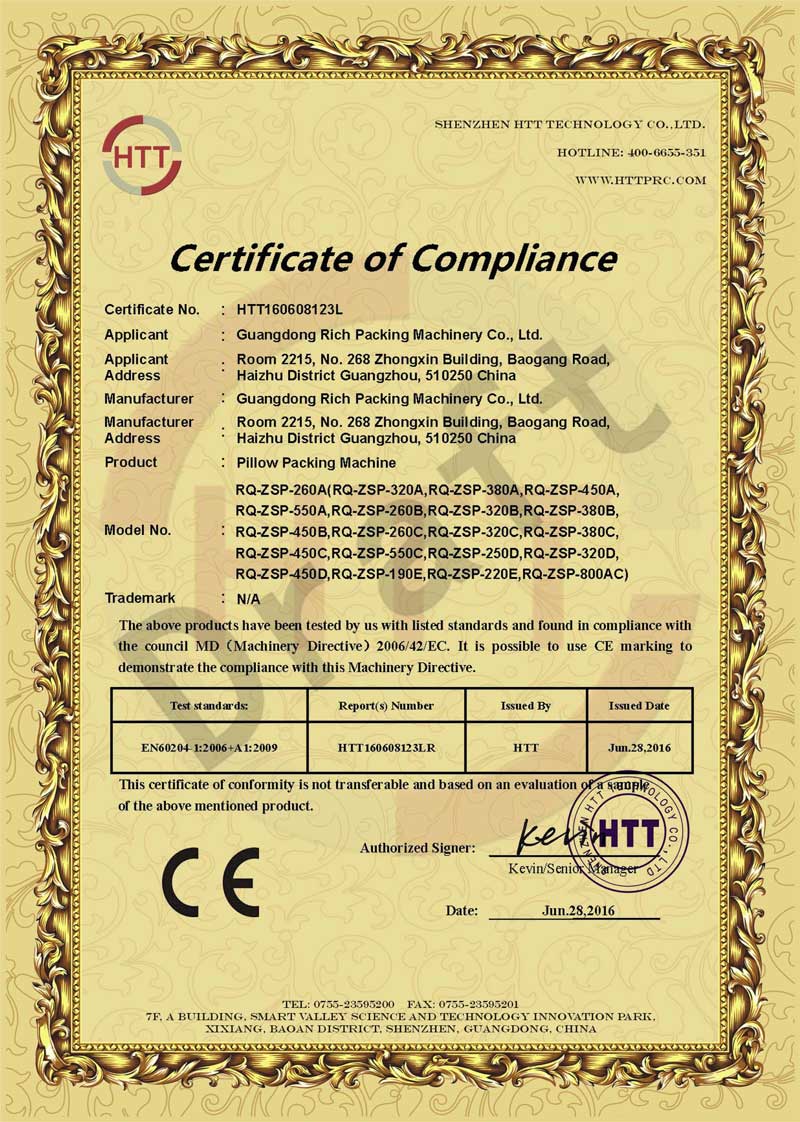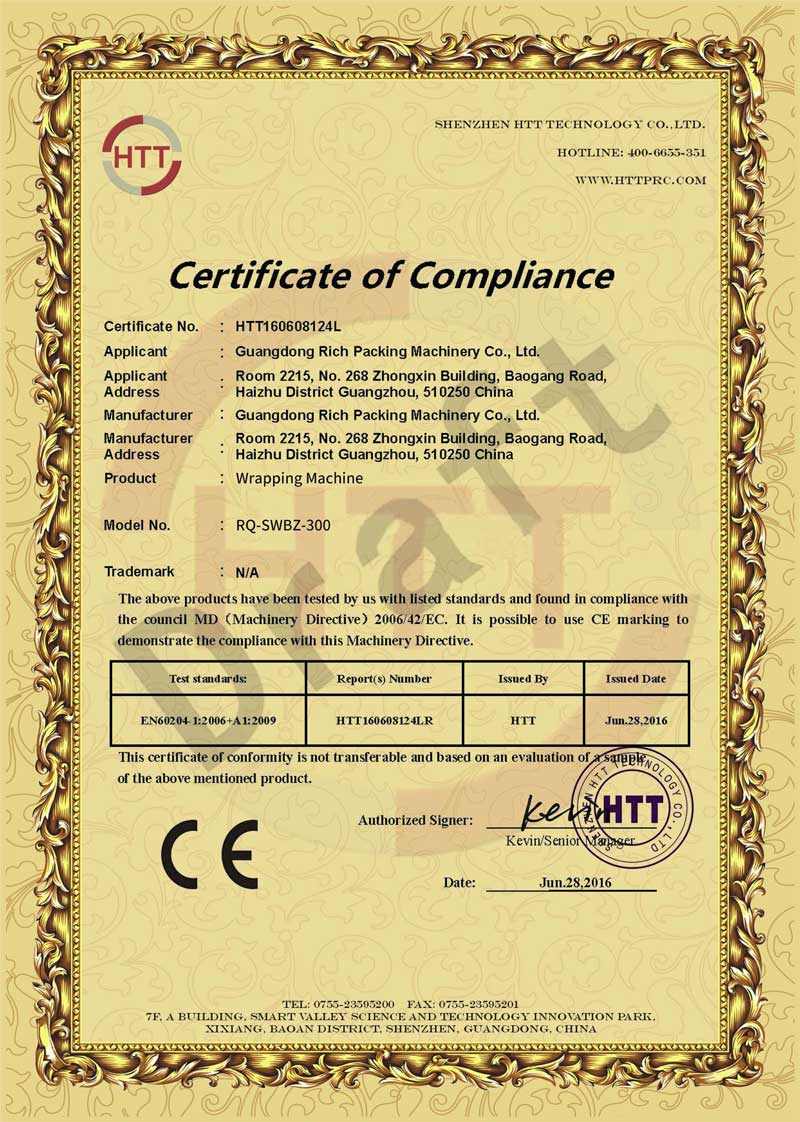Rich Packing Enhances Employee Expertise with In-Depth Training on New RQ-HZ-320W Horizontal High-Speed Cartoning Machine
Rich Packing recently conducted a comprehensive product training session focused on its innovative RQ-HZ-320W Horizontal High-Speed Cartoning Machine. The training initiative brought together staff from various departments, including Sales, Operations, Design, Planning, and Research & Development, and was led by Rich Packing's own R&D engineers, demonstrating the company's commitment to knowledge sharing and internal expertise development. The training program aimed to provide Rich Packing employees with a thorough understanding of the features and capabilities of the RQ-HZ-320W Horizontal Cartoning Machine. This next-generation high-speed cartoning solution is a result of Rich Packing's integration of advanced international technologies and its own research and development efforts, designed to meet GMP production standards and match the technical proficiency of European and American counterparts in areas such as material pushing and carton forming. The RQ-HZ-320W Horizontal Cartoning Machine is engineered for the fully automatic and high-speed cartoning of a wide range of products. It is suitable for industries with high-speed cartoning requirements, including pharmaceuticals, chemicals, food, healthcare products, and medical devices. The machine can handle diverse materials such as pharmaceutical blister packs (tablets, capsules), granule pouches, ointments, soft bags, bottled medicines, facial cleansers, e-cigarettes, and face masks. Furthermore, it can be integrated with other packaging machinery, such as pillow packaging machines, overwrapping machines, and blister packing machines, to enhance workshop automation. Rich Packing's 320 series cartoning machine is designed for broad applicability, with easy changeover between packaging specifications through minor adjustments. It boasts a high level of automation, encompassing automatic processes from material feeding, carton suction and forming, track conveying, leaflet and material detection, tongue insertion, to carton sealing and rejection of non-conforming products. Key features and benefits highlighted during the training included: Intelligent Automation: The machine offers precise filling monitoring, combining process and result detection to ensure cartoning accuracy. Photoelectric sensors are strategically placed to detect and reject missing materials, incorrect quantities, and other errors. It also features automatic shutdown for situations like missing cartons, absence of leaflets, no product feeding, and misaligned products within the carton. Safety Mechanisms: Overload protection devices are integrated into the main drive and paper folding machine to safeguard equipment and personnel. In-Box Detection: The machine incorporates in-box detection, with leaflet monitoring at three stages (feeding, track entry, and inside the box) to promptly identify and address any issues, leading to rejection and automatic shutdown. Optimized Pro...
